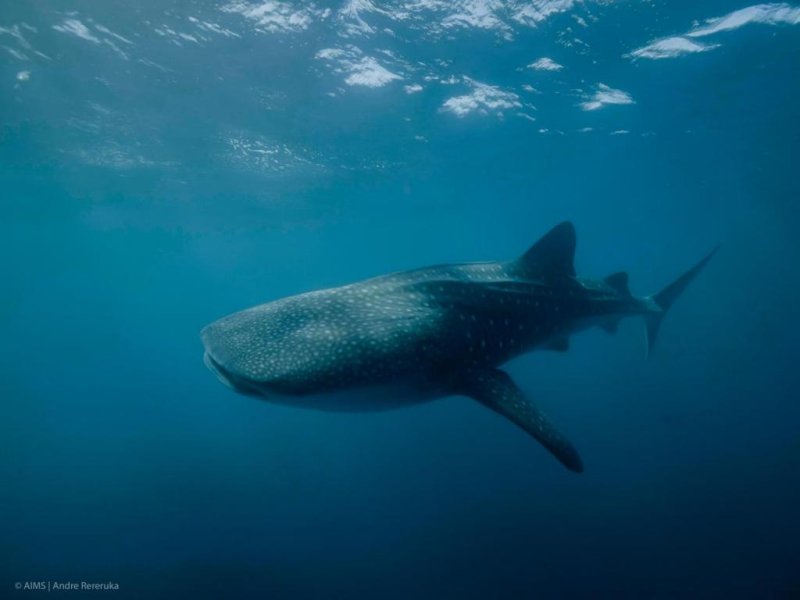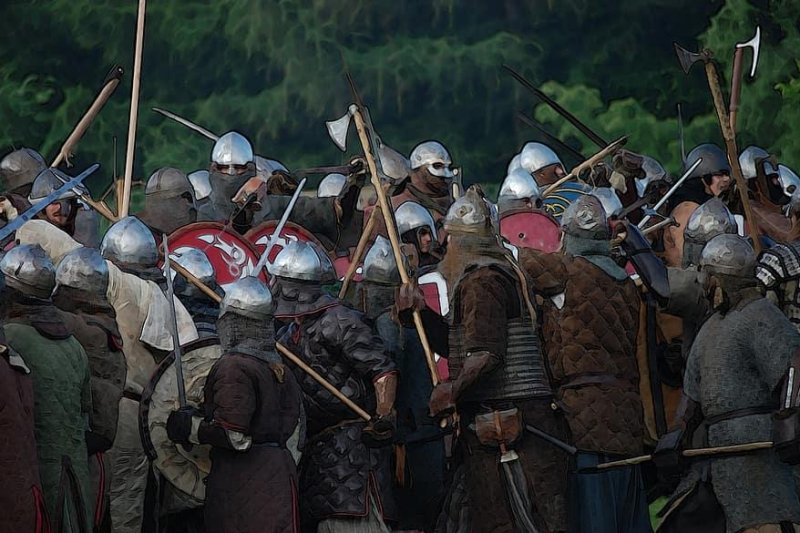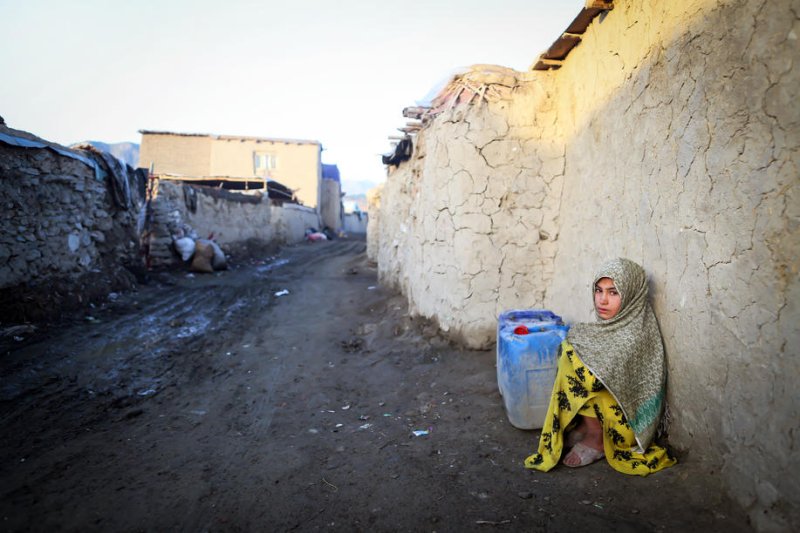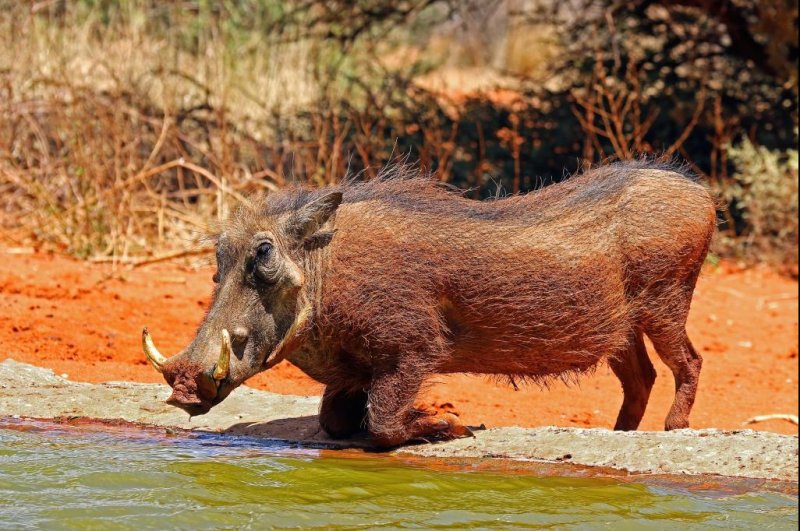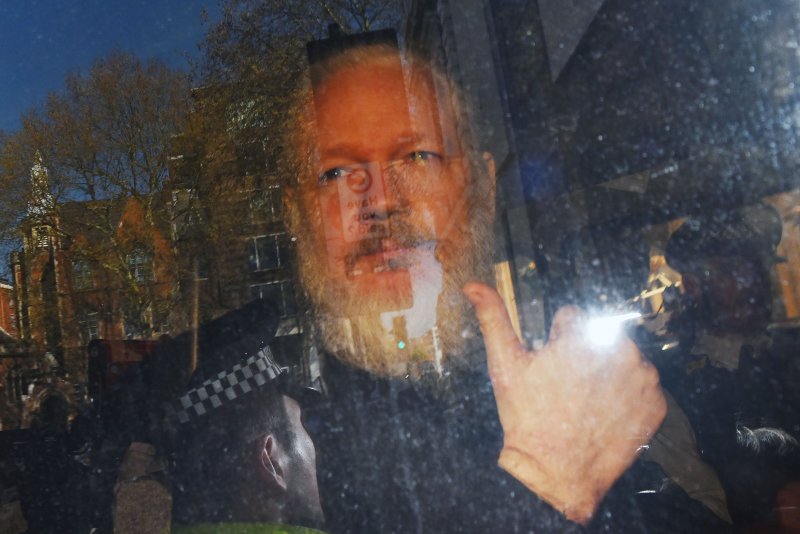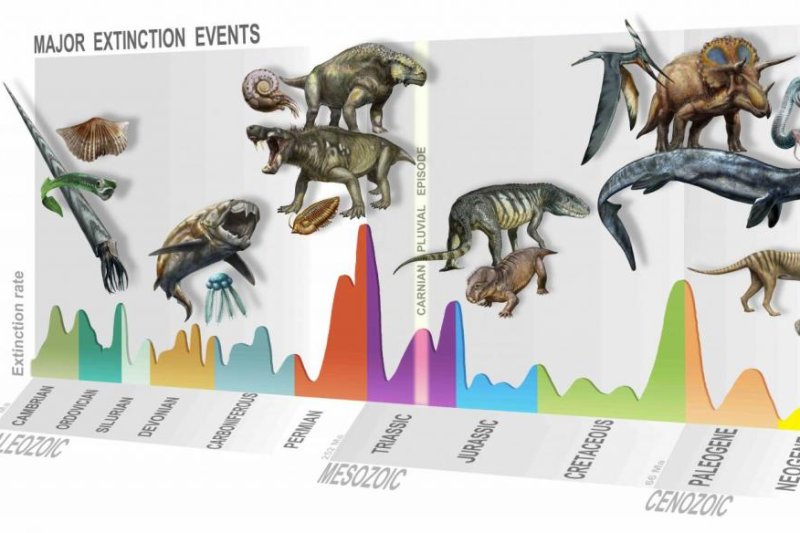
Scientists have discovered evidence of a new mass extinction even that occurred at the end of the Triassic period. Photo by D. Bonadonna/MUSE, Trento
Sept. 16 (UPI) -- Paleontologists have unearthed evidence of a new mass extinction that occurred during the Late Triassic, some 233 million years ago.
The extinction event, which scientists dubbed Carnian Pluvial Episode, was characterized by significant reductions in biodiversity and the loss of 33 percent of marine genera.
In a new paper, published Wednesday in the journal Science Advances, researchers suggest the episode may have created the ecological space for the emergence of a variety of important modern plant and animal lineages -- including conifers, insects, dinosaurs, crocodiles, lizards, turtles and mammals.
Through analysis of both paleontological assemblages and geological evidence, researchers confirmed that biodiversity declines coincided with stark chemical changes in the ocean and atmosphere.
RELATED Humans have been degrading the American tropics for 500 years
Scientists suspect these changes were triggered by massive volcanic eruptions in what's now Alaska and British Columbia.
"The eruptions peaked in the Carnian," lead study author Jacopo Dal Corso said in a news release.
"I was studying the geochemical signature of the eruptions a few years ago and identified some massive effects on the atmosphere worldwide," said Dal Corso, a researcher with the China University of Geosciences at Wuhan. "The eruptions were so huge, they pumped vast amounts of greenhouse gases like carbon dioxide, and there were spikes of global warming."
The latest research builds on the conclusions of earlier geological studies that showed the Late Triassic was characterized by upticks in not only temperature, but also humidity and precipitation.
The sudden shift to a warmer, wetter climate proved deadly for many genera and species, but it also encouraged the proliferation of plant life -- specifically, the expansion of modern conifer forests.
"The new floras probably provided slim pickings for the surviving herbivorous reptiles," said study co-author Mike Benton. "I had noted a floral switch and ecological catastrophe among the herbivores back in 1983 when I completed my PhD."
RELATED Paleontologists find giant lizard in stomach of a prehistoric marine carnivore
"We now know that dinosaurs originated some 20 million years before this event, but they remained quite rare and unimportant until the Carnian Pluvial Episode hit," said Benton, professor of earth sciences at the University of Bristol in Britain. "It was the sudden arid conditions after the humid episode that gave dinosaurs their chance."
In the wake of the extinction, modern-looking ecosystems appeared. The biodiversity losses were followed by the emergence of turtles, crocodiles, lizards and even the first mammals. In the oceans, corals appeared in large numbers, and modern groups of plankton rapidly multiplied.
"So far, paleontologists had identified five 'big' mass extinctions in the past 500 million years of the history of life," said Dal Corso. "Each of these had a profound effect on the evolution of the Earth and of life. We have identified another great extinction event, and it evidently had a major role in helping to reset life on land and in the oceans, marking the origins of modern ecosystems."
